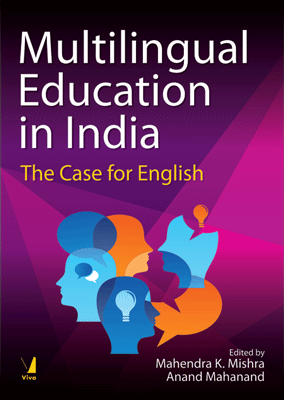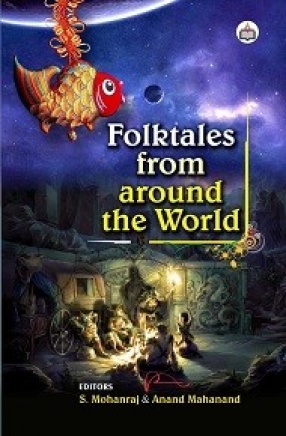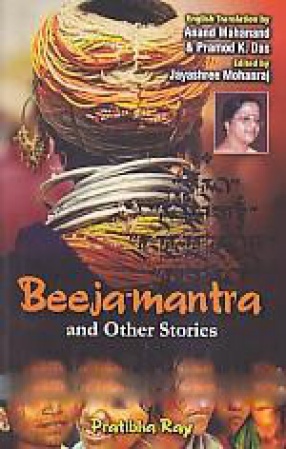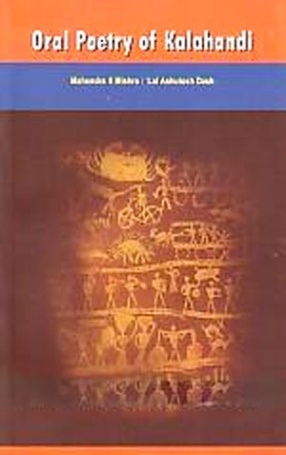Multilingualism is a unique cultural and historical feature of India. lndian thinking looked at the world as a family and respected differences and identities. While monolingual nations considered multilingualism a problem, it remained the natural condition for various domains of life in India. In recent times, multilingualism has come to be recognized as an invaluable asset and resource by educationists and policymakers paving the way for a new educational approach that is in harmony with local traditions.
Some perceive English language education as a hindrance to the growth of lndian languages and allege that it causes a social divide. The arguments of this book convincingly correct this uninformed notion and prove that English has been a tool of empowerment and a driver of social and economic mobility. The contributors demonstrate that local languages and cultures can be revived by integrating them into English language education.
Compensating the lack of organized ideas on multilingual education, this book aims to introduce a trendsetting change in the lndian perspective on education. It will be a source of direction for teachers, teacher trainers, policymakers and those with an interest in education and sociolinguistics.
Contents: Preface. Part One: Problematization. 1. Multilingual and multicultural India/Debi Prasanna Pattanayak. 2. India, tribal education and participating in crimes against humanity?/Tove Skutnabb-Kangas. 3: UN Declaration on rights of indigenous peoples: applications for MLE from Nepal to India and beyond/David A. Hough. 4. Responding to student diversity through the curriculum: a possible lead role for ELT/Jacob Tharu. 5. Contextualizing English language education for the language minority learners/Anand Mahanand. Part Two: Practices. 6. Multilingual education in Orissa, India: Constructing curriculum in the context of community and culture/Mahendra K. Mishra. 7. Appropriate education strategies in diverse language contexts/Dhir Jhingran. 8. Living the translanguaging space: an emic perspective/Mohanraj Sathuvalli and Uma Maheshwari Chimirala. 9. Intercultural bilingual education: Peru’s indigenous peoples’ answer to their educational needs/Susanne J. Perez. 10. Using chain story writing in L1 to Improve L2 Writing: An experiment in a multilingual classroom/Suchismita Barik. 11. What do our teachers say? A study on ESL teacher’s belief on L1 use in classroom/Subhasis Nanda.12. Integrating content and language teaching to teach adjectives in a tribal context in Odisha/Arpita Panda.13. Cultural diversity and the classroom/Ruth Z. Hauzel.14. Reading the role of L1 in the Indian English classroom/Mahananda Pathak.15. Changing perspectives of education in North-East India with special reference to Tripura/Shyamal Das. 16. Problems and prospects of English language teaching and learning in Lakshadweep: the case of Minicoy Island/P. Abdul Hakeem. Part Three: Possibilities. 17. ELT in India: need for a cap th at fits the head/Jayashree Mohanraj.18. An investigation of the needs and incorporation of study skills components in a multilingual classroom in India/Amit Kumar. 19. Teaching English in multilingual India – some suggestions/Mohanraj Sathuvalli. 20. Countering the ‘two-solitude’ instructional mode in ESL writing/Lina Mukhopadhyay. 21. The Alien context in teaching English in Indian classrooms: some issues and practices/Sisirkana Bhattacharya. 22. Convivial cross-lingual evaluation in multilingual Indian classrooms: an exploration of possibilities/Geetha Durairajan.







There are no reviews yet.